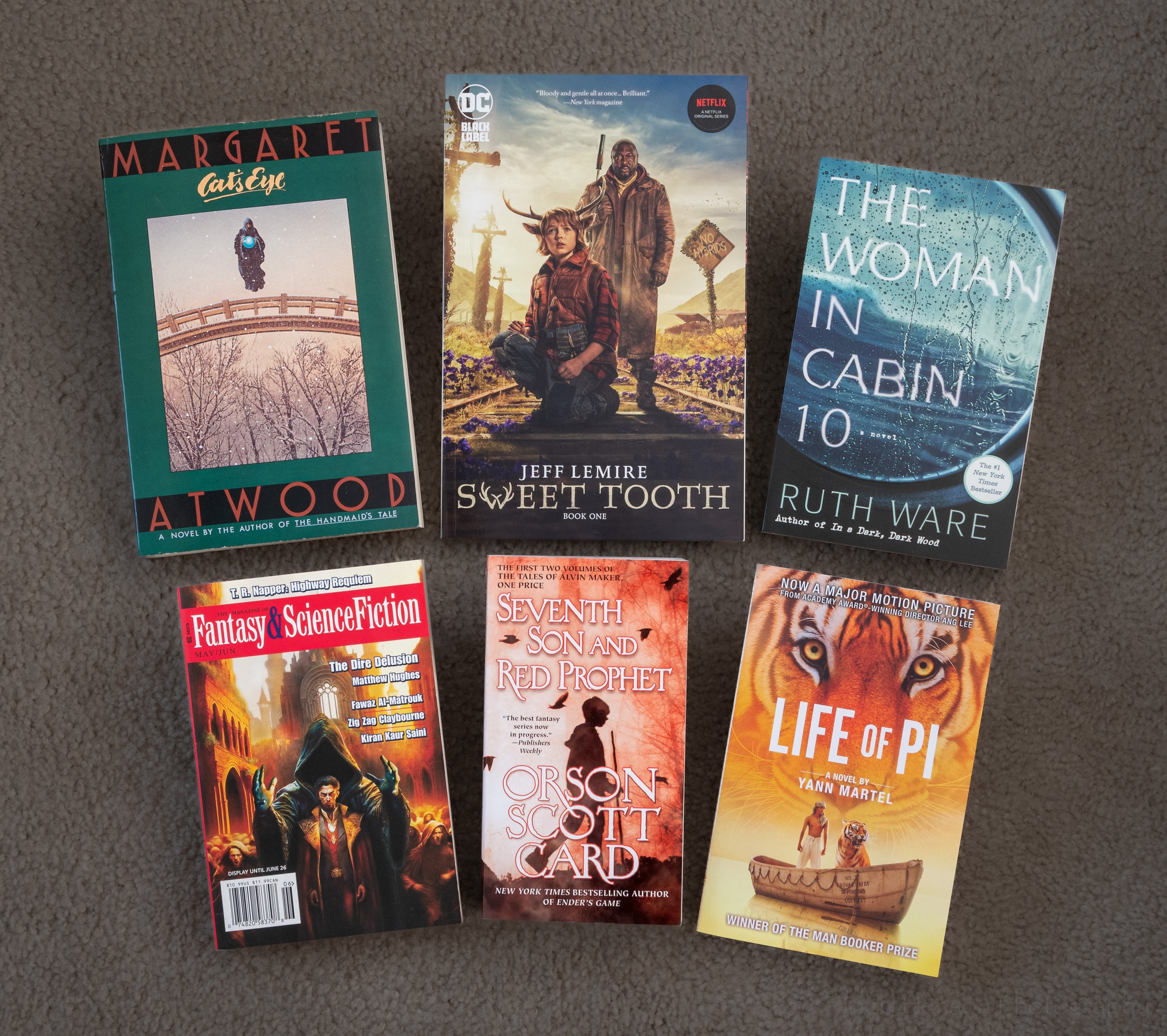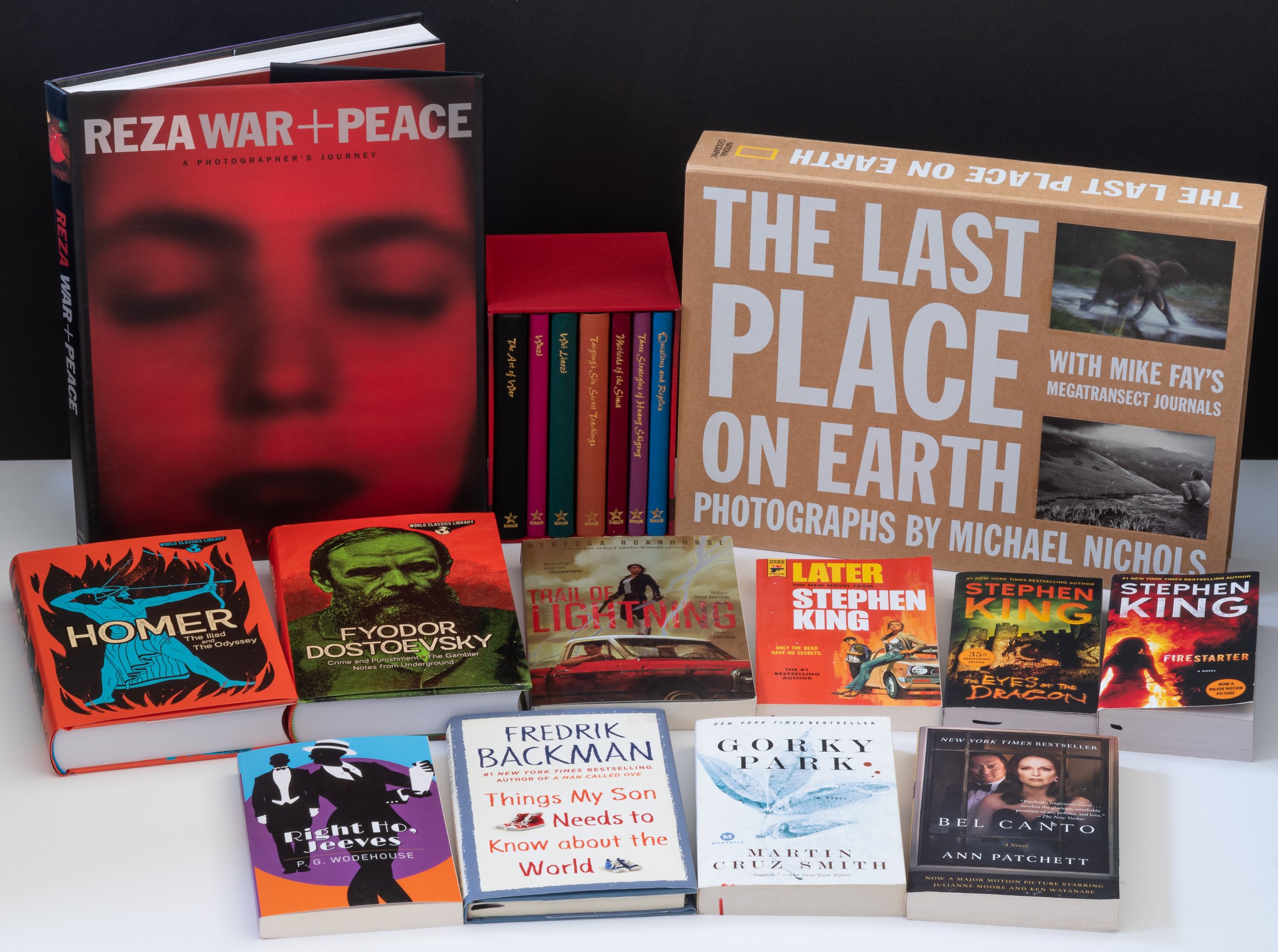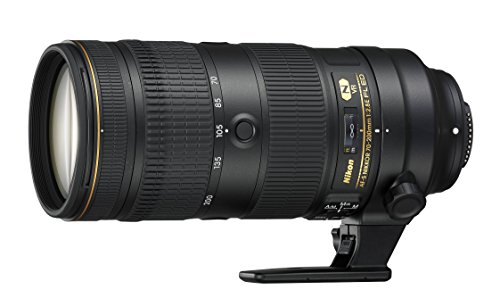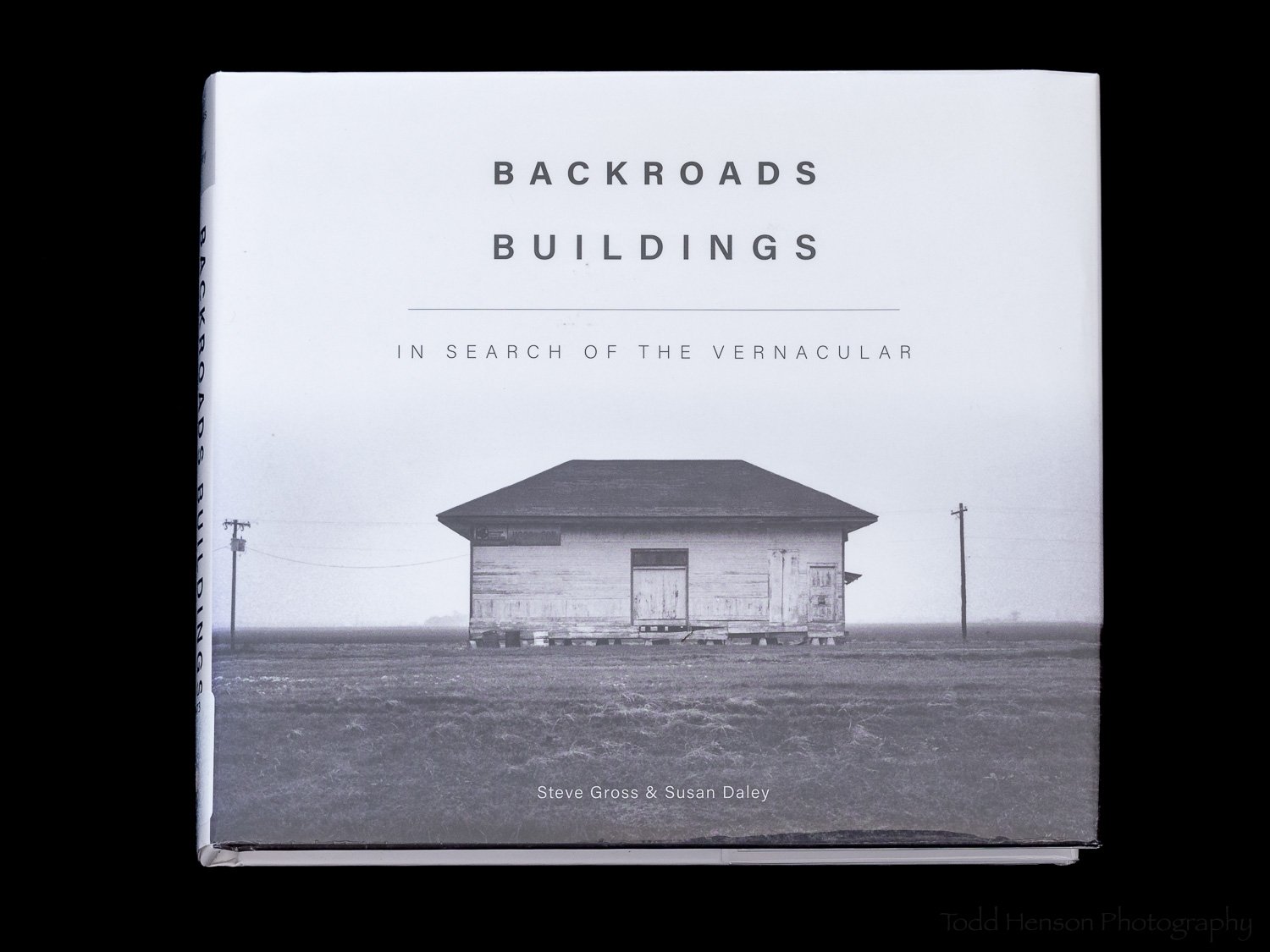And now for something a little different. My father and I didn’t go hiking this past weekend so I didn’t create any new nature photographs. But what we did do was take a day trip to the Green Valley Book Fair in Mount Crawford, Virginia. My family and I have visited the book fair several times a year almost every year for a decade or more. Even if I don’t have any need for new books I still enjoy the trip there and back and the time walking amongst all the books.
This isn’t the sort of book fair where you find rare or hard to find antiquarian gems. Instead, it’s an outlet store where overstock or extra books are gathered together and sold at a discount. It’s not the sort of place to go with a shopping list as you just never know what you’ll find (though you can check their website for recent additions). And that’s part of what I enjoy, stumbling across books I didn’t know I needed. 😀
So what did I stumble upon this time around?
My book haul from the Green Valley Book Fair in February, 2023
I visited the classics section first and found a copy of Homer’s The Iliad and The Odyssey in a single volume. I’ve wanted to read these for a long while so I picked up a copy.
Then I found a single-volume collection of Fyodor Dostoevsky’s work, one of those well known classic authors I’ve never read. The collection included Crime and Punishment, The Gambler, and Notes from Underground.
Right Ho, Jeeves by P.G. Wodehouse jumped out at me. Not that long ago I read Wodehouse for the first time and I loved his sense of humor, so I’m hoping I laugh my way through this one.
The last book I found in the classics section was a collection of The Seven Military Classics of Ancient China including The Art of War, Wuzi, Wei Liaozi, Taigong’s Six Secret Teachings, Methods of the Sima, Three Strategies of Huang Shigong, and Questions and Replies between Emperor Taizong of Tang and General Li Jing. The only one of these I’d heard of before was The Art of War so I’m curious to learn more about the rest.
On one of the displays I found Fredrik Backman’s Things My Son Needs to Know about the World. I just finished My Grandmother Asked Me to Tell You She’s Sorry and it was the best book I’ve read in a very long time. Little did I know when I bought this one that it’s non-fiction. But if his writing style and humor are at all similar to what I read then I’m sure I’ll enjoy it.
In the general fiction section I found Gorky Park by Martin Cruz Smith. I watched the movie when it came out long ago and recall thoroughly enjoying it. Recently I checked and couldn’t find the movie to rent so when I found the book I picked it up. I almost always enjoy books more than movies so I’m hopeful I’ll enjoy this.
I also found a copy of Bel Canto by Ann Patchett. I remember Tammy over at Books, Bones & Buffy highly recommending this one so I look forward to giving it a try.
There was an entire section of Stephen King books over in the horror, fantasy and science fiction section and a few of them caught my eye. I picked up Firestarter, a classic I never got around to reading though I have seen the movie. The Eyes of the Dragon sounded interesting, more of a fantasy tale if I understood correctly. And Later, which seems to combine speculative with detective fiction, a combo I’m very open to.
Last year I read the first two books of Rebecca Roanhorse’s series, Between Earth and Sky, which included Black Sun and Fevered Star. I absolutely loved them both, so when I saw Trail of Lightning I picked up a copy. I think it’s an earlier young adult novel of her’s.
All the above books were in one of the two upstairs areas. Downstairs is where we usually find any photography-related books, as well as history, science, travel and lots of other topics. It’s been a while since I found anything new and interesting down there, but I was in luck this day.
First off I saw the large box that contained The Last Place on Earth: Photographs by Michael Nichols. It’s a large format book and includes as an extra Mike Fay’s Megatransect Journals. The photography appears to be stunning and I look forward to spending more time with this one. This book, alone, made the trip well worth while from a monetary perspective. I think the book retails for about $150 and online stores appear to have it priced around $112 right now. At the book fair I paid $29.99 for this monster of a photography book.
The last book I found was a large copy of Reza War + Peace: A Photographer’s Journey. I first learned about Reza some time ago when I watched a documentary or two featuring him and his work, both his photography and humanitarian work. I was very pleased to find this book shelved with the other photography books.
It was difficult to stop here, but my basket was full and very, very heavy, so we trudged back to the checkout where I ran into someone from work. I’m always surprised when I run into folks I know.
After we checked out we headed over to the Shenandoah Heritage Market, another location we usually visit when in the area. It’s a great mix of stores, from fabric and quilting to kitchen supplies, toys, memorabilia and antiques, furniture, canned goods, and bulk food and candy of all sorts. There’s also a great kettle corn vendor out front.
Our last stop of the day was for a bite to eat. There’ve been a group of restaurants in the area we’ve enjoyed visiting but over the years many have closed. Thankfully, Vietopia, a small Vietnamese restaurant in Harrisonburg was still around and just as good as always. I had a pork vermicelli noodle dish (Bún Thịt Nướng Chả Giò) and my father had a bowl of pho. This was a great way to end the day.
Do you enjoy these posts?
Sign up to receive periodic emails with updates and thoughts. Don’t worry, I won’t spam you. And please consider purchasing artwork or products from my online store, and using my affiliate links in the sidebar to the right when shopping online.
I appreciate your support!








































































































